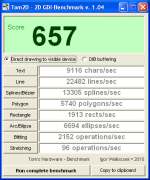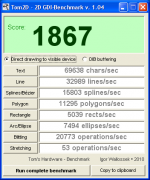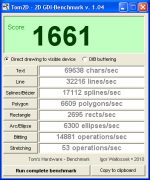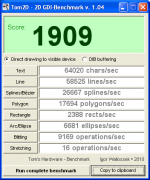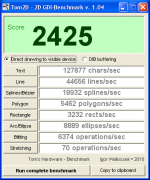First post, by Standard Def Steve
***This was originally a reply to Smack2K's thread***
This is off topic, since the OP already chose a Radeon 9800 (excellent choice, BTW). One thing I've noticed with VIA boards and NVIDIA cards is the dreadfully poor 2D GUI performance. All three of the VIA boards I tried (694X, Apollo Pro 266, and even a newer C2D-compatible board) had very poor GUI perfomance with a 6800GT and 7800GS installed. This only affected WinXP; Win7 and its desktop composition seemed to be unaffected.
ATI cards, on the other hand, have excellent compatibility with VIA boards. Even a "modern" X1950Pro had absolutely no problem running on all three motherboards (although the AGP transfer rate had to be reduced to 2x on the 694X board).
Reason I bring this up is that most of the early A-XP machines I've seen were VIA-based.
